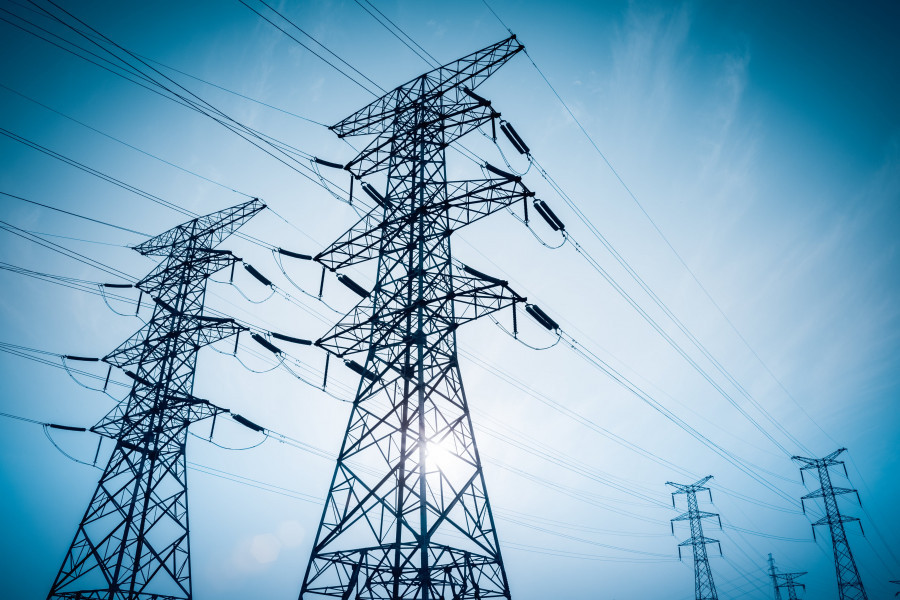Editorial
From darkness to light
From 18 hours of load-shedding till 2017, Nepal is now in a position to supply excess energy.
For nearly a decade until 2017, people in Nepal had to endure the uncertainty of frequent power-outages lasting up to 18 hours. Kulman Ghising was appointed as managing director of the Nepal Electricity Authority in 2016, and people expected improvement, but the task of pulling Nepal out of abject darkness was still an uphill task. Yet, within a year, there was a flicker of hope and that some stability had been restored concerning the long hours of load-shedding, which had virtually paralysed life. And the first few months of uninterrupted supply of electricity was quite disorienting for the vast majority who had been so used to living their life according to the power outage schedule provided by the Nepal Electricity Authority.
The rolling blackouts had altered the waking and sleeping hours of people, and any initial signs of stability or change to the existing lifestyle, however hopeful it seemed, were seen with suspicion; that, like most things in Nepal, all we are ever entitled to is endless hardship and suffering, and anything that eases our debilitating pain is usually short-lived. Take, for instance, the Melamchi water supply that took almost 26 years to complete but ended abruptly long before the damage caused by the monsoon. Such short-lived euphoria is something all Nepali people are pretty accustomed to, but can certainly do without.
Fast forward to 2021, Nepal is now in a position to supply excess energy. So much so that the authorities are pushing people to consume more electricity in order to avoid wastage. The Electricity Regulatory Commission has even decided to slash the tariff effective from November 17. The push to encourage people to go electric is a welcome change. For far too long, we have been dependent and sometimes held hostage to supplies of gas and petroleum products from third nations, and to finally be in a position of self-sufficiency at a time when the world is hankering for green energy is both satisfying and assuring. Reliance on fossil fuels, if kept to a minimum, will be less burdensome on the country’s exchequer as well.
With two giant neighbours hungry for energy to fuel their economies, Nepal should not shy away from taking the mantle of being an energy provider. After persistent lobbying from Kathmandu, India, which suffers from chronic power shortages, has finally given the nod to allow Nepal to sell its surplus electricity. The Central Electricity Authority in India has decided to enable Nepal to sell 39 megawatts of electricity from the Trishuli Hydropower Project and the Devighat Hydropower Project. Albeit a small step, it is a step in the right direction.
With the recently concluded COP26, where nations have pledged to go green given the worsening climatic conditions, Nepal finds itself in an advantageous position to generate clean energy. And, people in Nepal should gradually be encouraged to go electric wherever possible, from household appliances to transport. With electric cars going mainstream worldwide, Nepal too could benefit immensely by upgrading its infrastructural facilities, that is, building charging points at regular intervals. The shift in the scenario comes at an opportune moment; let the radiance of Deepawali dispel the darkness within us all and be the guiding light to lead us to a better tomorrow.




 8.12°C Kathmandu
8.12°C Kathmandu














